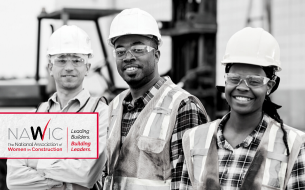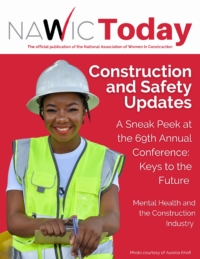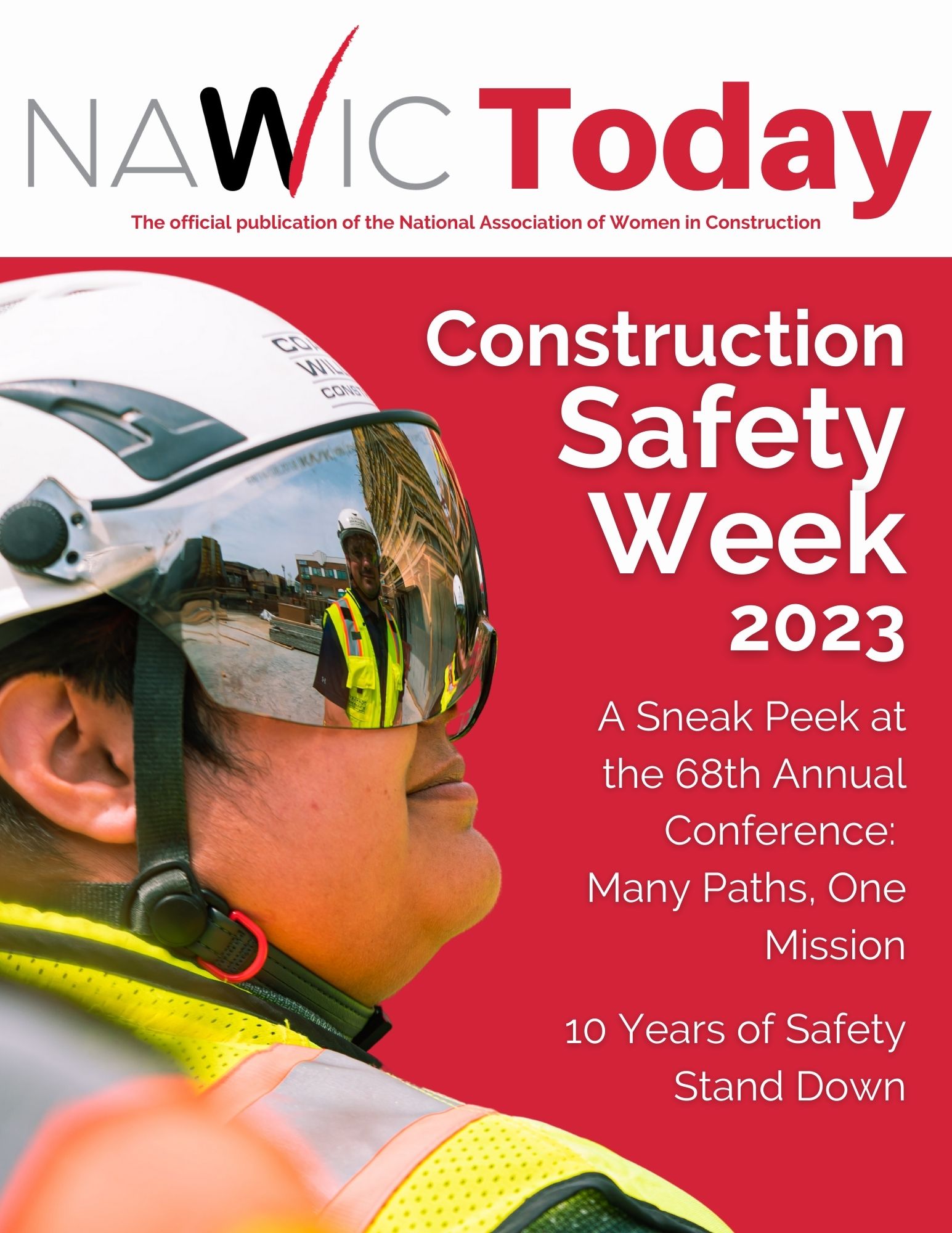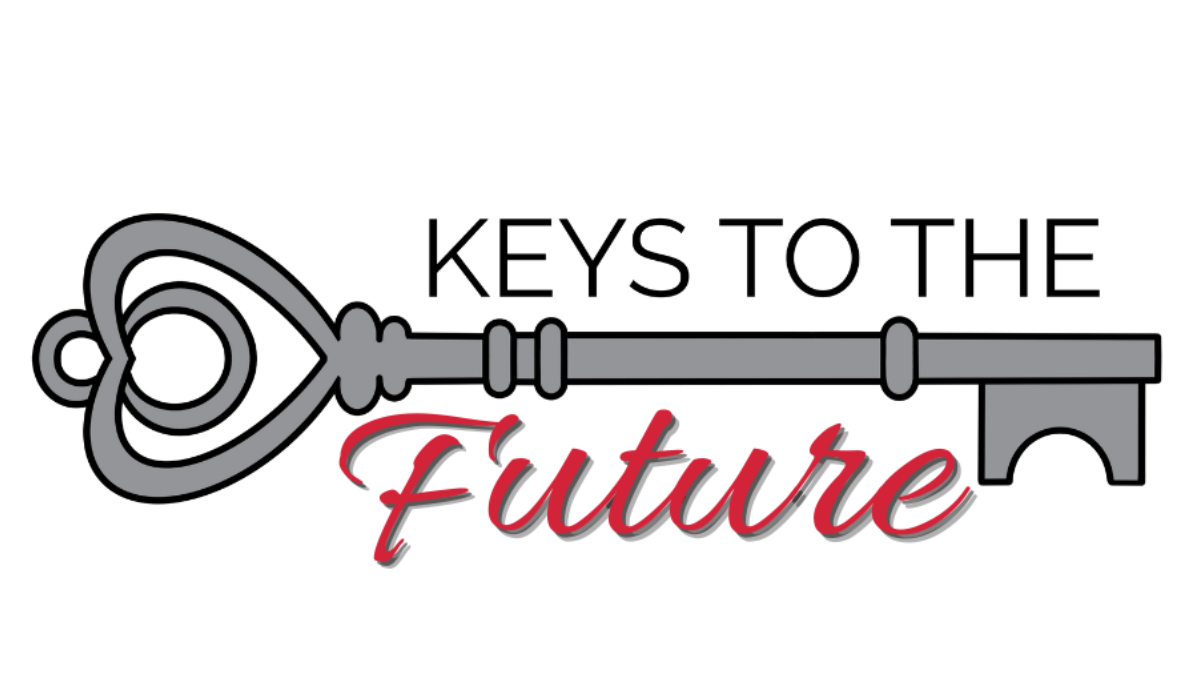Although construction women may face less discrimination and sexual harassment today, it remains a safety issue for the industry.

Discrimination Against Construction Women is a Safety Issue
While some construction women who have been in the industry for years say that
women experience less discrimination and harassment today, it is still an issue faced by many. “Some of the most egregious incidents of harassment and discrimination investigated by the EEOC over the past several years have occurred in the construction industry,” said US Equal Employment Opportunity Commission (EEOC Chair) Charlotte A. Burrows in a recent press release.
Harassment and discrimination can take place on the job site or in the office. On the job site, it can jeopardize the safety of everyone, not just the female construction worker. In an industry which relies on teamwork and properly trained and protected workers, gender and racial equity can be the difference between life and death.
Inadequate training
Discrimination is a safety issue for construction women if they are not given the proper safety training or information as male coworkers. A retired electrician explains in an EEOC report, “The heartbreak about onsite job accidents is someone who’s new to the trade that was withheld the training and information from the journey-level workers around them. And while this happens to a lot of new people, it specifically and oftentimes uniquely happens to women and minorities in the trades. They are not told all the safety concerns of their trade, or how to do something safely, but left out to fend for themselves because there is a group of people who don’t think they should be there.” Not only does this behavior affect the safety of construction women but everyone on that jobsite as well.
In a NIOSH (National Institute for Occupational Safety and Health) study, workers “commented that the attitudes of some journeymen and other co-workers toward apprentices, particularly female apprentices, affected (mostly negatively) the amount and kind of on-the-job training that was provided. Apprentices are not always provided with information and training on how to work correctly and safely, and opportunities to learn through practice may be withheld. Female workers are not always given sufficient opportunity to learn or test new skills.”
Improperly fitting PPE
Ill-fitting personal protective equipment (PPE) is often another way construction women are discriminated against that compromises safety. Gloves that are too large can get caught in machinery or not adequately protect from chemicals. Fall protection harnesses that do not fit properly could fail in the event of a fall. The US Department of Labor reports, “Providing personal protective equipment and clothing for a variety of bodies is a matter of both safety and gender equity. In July 2023, OSHA proposed a rule that would require that equipment fit each affected employee properly to protect them from occupational hazards.”
Hostile workplace
Construction women faced with a hostile workplace often are reluctant to report safety issues for fear of losing their job or retaliation by male coworkers. This is especially true if the harassers are part of the reporting process.
What can be done
In a report titled Building for the Future: Advancing Equal Employment Opportunity In the Construction Industry, the EEOC lays out strategies for addressing discrimination and harassment. Construction women can also find more information at www.EEOC.gov.
NAWIC supports construction women
As the leading industry association for construction women, the National Association of Women in Construction (NAWIC) advocates for equal opportunity in the workplace and provides a welcoming community for women working in the field or in the office.
NAWIC provides support, networking and mentorship, leadership training and educational opportunities for more than 6,100 members in 118 chapters across the US,. Want to know more? Contact a chapter near you.





